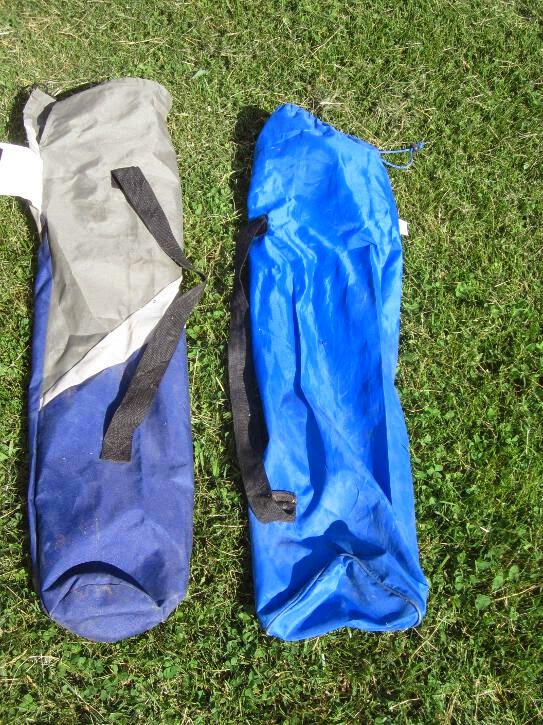Do you have a picky eater in your house? Well, we'd thought we'd share our story on how we raised Paul, and how this kid will eat anything. The key was we didn't give him choices when he was a baby. He ate what was on the table or he went hungry. We didn't dress up his food with salt or sugar either. In fact, to this day the kid goes through a 25 lb. bag of Bob's Red Mill Oatmeal about every 5 months! It's a fixture at the breakfast table. He eats a heaping cup of dry oatmeal with boiling water poured over the top without any sugar added. After about a year of this, we started adding raisins. In fact, if you put brown sugar on it, he says its too sweet - that goes for a lot of things like pop/soda, chocolate, ice cream...etc.
Paul just ate a handful of dirt and he didn't like it. We did help clean him up...
Paul has always been given the option to forage in the garden, and let me tell you...he takes advantage of this freedom. Throughout all hours of the day he will eat raw fruits and vegetables. At first, when he was little, we felt the need to restrict him because he was becoming a pest: eating small bites here and there (when produce was under ripe), breaking vines, trampling seedlings, etc.but Paul was in love with the garden and we were in love with him so it all worked out. Tomatoes, snap peas, broccoli florets, any type of berry, okra, the list goes on and on, he loved foraging. He even knows what not to eat. I think when he was three we showed him a picture of a fly agaric mushroom and said it's a "bad" mushroom. A few weeks later in the dentist office, Paul saw a picture of this mushroom on the wall and exclaimed excitedly "Daddy, that can kill you" (while pointing to the mushroom). So, he knows to ask us before eating a mushroom. We only eat wild oyster and chanterelle mushrooms, and we grow shiitake; anything else he has to ask us about.
 |
| Fly agaric mushroom |
So a pleasant side effect to all of this is Paul has eaten a lot of dirt, and the kid was perpetually sick the entire first year of his life. Since then, he has maybe had one minor cold. We're sure his little body built up a ton of antibodies and strengthened his immune system so much that he could live in a germ palace and do just fine. Just don't let your kids eat dirt that has been treated with fertilizers/pesticides etc. Our garden is 100% organic/pesticide free so we didn't have that fear.
Eating dirty strawberries...
 |
| Eating dirt in the blueberry patch... |
 |
| Taking care of the strawberries |
 |
| Mmmm blueberries with dirt... |
 |
| Foraging for beans |
 |
| Not going to eat the chicken... |
 |
| Big Carrot! |
 |
| Eating peaches |
 |
| Hunting for Mushrooms |
 |
| Fresh Corn |
 |
| Eyeing the trunk full of raw apples (they're not pretty, they may have a worm, but to Paul they're heaven). |
 |
| A fully loaded apple tree (this tree was only two years old and gave 2 dozen apples) |
 |
| He loves his fruit and veggies. |



























